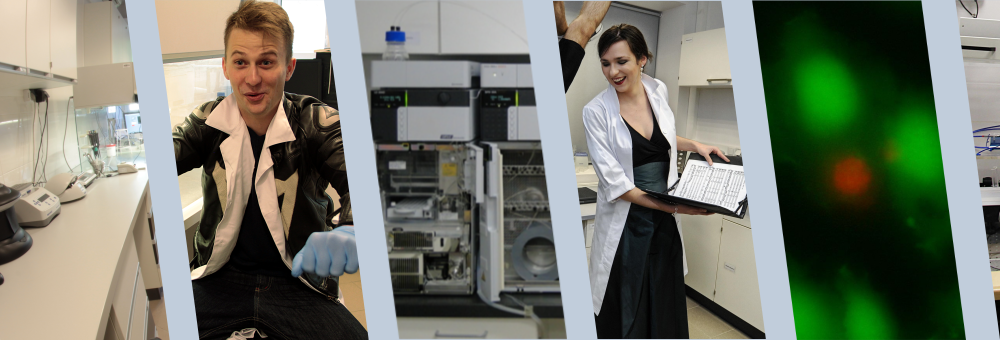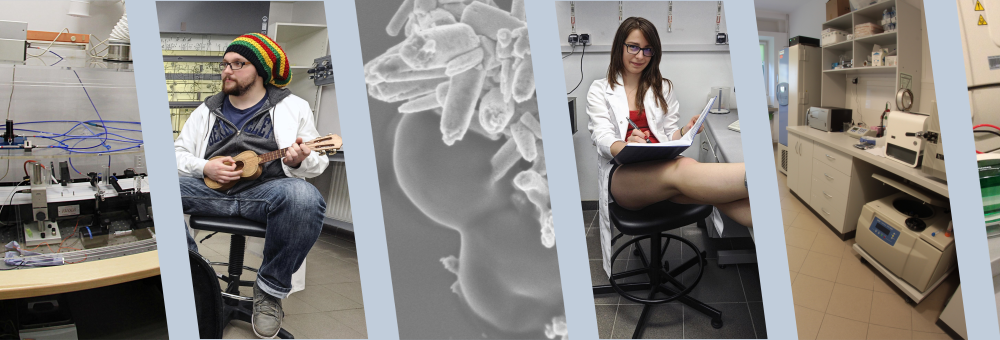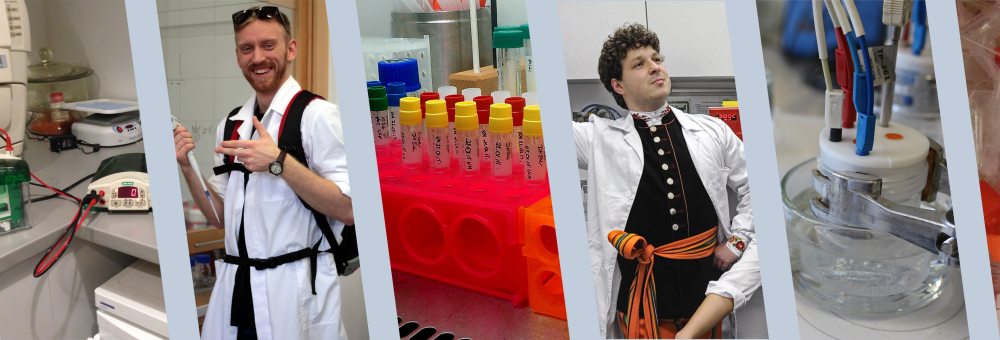Publication
Relaxation processes in semidilute solutions of polymers in liquid crystal solvents
Author(s): Wieczorek, SA and Freyssingeas, E and Holyst, R
Title: Relaxation processes in semidilute solutions of polymers in liquid crystal solvents
Abstract: We investigate the relaxation phenomena in a polymer crystal (4-cyano-4'-n-octyl-biphenyl) system, in homogeneous isotropic phase near the isotropic-isotropic, isotropic nematic. and isotropicsmectic coexistence curve, using both polarized depolarized photon correlation spectroscopy (PCS), We study this for different polystyrene molecular weights (4750, 12 500, and 65 g/mol). different compositions (50, 40, 30, and 10\% polystyrene by weight). and different temperatures close to phase boundaries. of all. we determine the phase diagrams of this system for the molecular weights. The shape of the phase diagrams strongly on the molecular weight, However. in all cases. at low these systems separate into an almost pure liquid (LC) phase and polystyrene-rich phase. PCS measurements show the relaxation processes in the homogeneous phase are not affected the proximity of the nematic, or smectic, boundaries (even at a of 0, 1 degrees C above the phase separation in two phases). polarized PCS experiments, we always see three relaxation processes separated in time: one, very fast, with a relaxation time of the of 10(-5) S, a second one with a relaxation time within the range s; and a last one, very slow, with a relaxation time of order of 1 s. Both the fast and slow modes are independent of the vector magnitude, while the intermediate relaxation process is In depolarized PCS experiments, the intermediate mode and only the fast and slow relaxation processes remain, and are independent of the magnitude of the wave vector, The diffusive is the classical diffusive mode, which is associated with the of polymer chains in all polymer Solutions. The fast mode is to the rotational diffusion of 4-cyano-4'-n-octyl-biphenyl (8CB) close to polystyrene chains (transient network). Finally, we the slowest mode to reorientational processes of small aggregates of PS chains that are not dissolved in SCB.
Pages: 16252-16262
Journal: JOURNAL OF PHYSICAL CHEMISTRY B
Volume: 109
ID: ISI:000231497500006
Year: 2005
DOI: 10.1021/jp0510950









